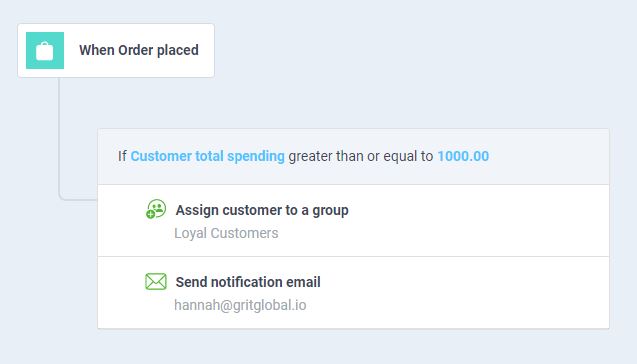Pricing strategy is one of the most important aspects of a business for it influences customers’ purchase activities. Retailers often use a dynamic price. However, a personalized pricing strategy is becoming more popular recently.
What is the difference between dynamic and personalized pricing? How did automation help optimize your price list? The answer is as follows.
Dynamic vs Personalized pricing
The main difference between these 2 pricing methods lies in the variables based on which the price is set.
Dynamic pricing depends on factors that are not customer-related. This includes the time of the day, date of the week, the demand for the product, competitors’ price, available supply, etc. With dynamic pricing, different customers at the same time in the same place would see the same price. The strategy doesn’t take into account the customer’s personal preferences and whether they are of value to your business.
Personalized pricing is basically the opposite. This method relies solely on a customer’s characteristics and actions. Many demographics and behavioral data is evaluated to create a unique price, such as:
- Demographics like city, region, date of birth
- The frequency of page visit
- Customer lifetime value
- Shopping history and discount program
- Other products added into the shopping cart, etc
In contrast to the previous method, with a personalized pricing strategy, in the same place at the same time, different people would see different prices. The goal is to maximize the sales capability of every individual customer. For example, loyal customers should receive better price offers than those who have never interacted with the brand. Thus a lower price would incentivize them to purchase more frequently from your store.
Remember, a 1% improvement in your price can result in an 11% increase in your operating profit.
Improve price list with automation
The first step to set up a personalized price list is to segment customer information. Normally, retailers have to export the whole store data into a spreadsheet and start segmenting thereafter. However, this might take a lot of time reviewing and is always prone to errors. You need automation for convenience and better accuracy.
With Atom8, this can be done fairly quickly. All you need to do is setting up a workflow to segment your customer based on specific criteria. Then you only need to export data of these customers when creating a personalized price list.
Some categories that are commonly used by retailers are:
- Type of customer: new or recurrent
- The source of traffic: organic or paid or referral
- Geolocation based on IP address
- Shopping behaviour: total value, frequency of page visit, etc.
Take this as an example, when a new order is placed, if the customer’s total value is equal to $1000 or higher, add them to the loyal group.

After that, the personalized price list for the loyalty group will automatically be applied to this customer.
You can also customize your price list with the BigCommerce Customer Groups feature. However, this is only available for Pro plans onward.
All in all, Atom8 significantly improves your personalized pricing strategy in just a few clicks. Check out the app on the BigCommerce app store today!
By using Atom8, your business will no longer worry about management tasks.








